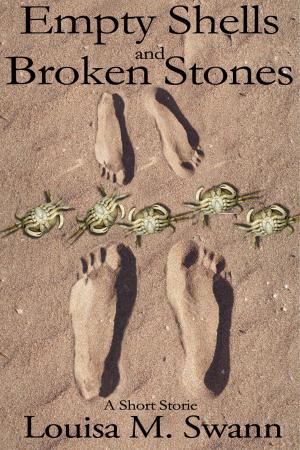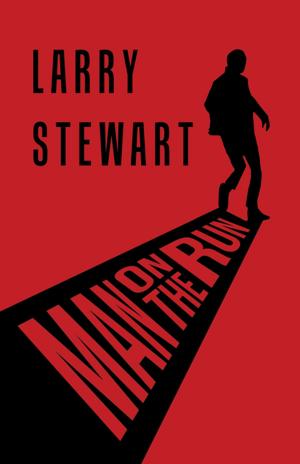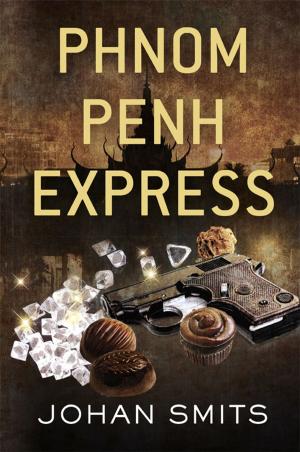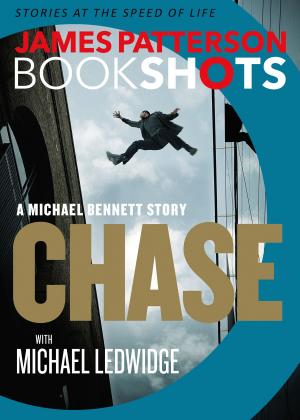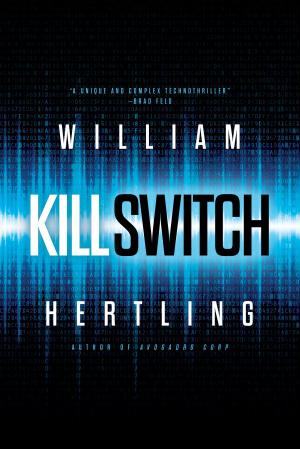| Author: | David Holmberg | ISBN: | 9780988549739 |
| Publisher: | David Holmberg | Publication: | November 15, 2012 |
| Imprint: | Language: | English |
| Author: | David Holmberg |
| ISBN: | 9780988549739 |
| Publisher: | David Holmberg |
| Publication: | November 15, 2012 |
| Imprint: | |
| Language: | English |
A devastating hotel fire in 1977 – the worst in the city’s history. . A race riot in 1989 – a long-delayed explosion in the so-called “Magic City.” These two shattering events in the volatile history of Miami are linked in this compelling novel that explores the city’s criminal justice system, its newspapers, and its racial and ethnic tensions toward the end of the twentieth century.
Miami Times reporter Mike Baedeker covers the riot, which engulfs the city after a controversial verdict in the shooting of an unarmed black teen-ager by a Hispanic police officer. The trial of the officer plays out in a series of dramatic courtroom scenes, and Baedeker is there. He spars with lawyers, negotiates a touchy relationship with a black colleague, and analyzes the contradictory testimony that exposes the dangerous racial undercurrents of “this sunny cesspool.” Which happens to be Baedeker’s home town, and his father’s; he was also a Times reporter. The younger Baedeker returns to the Times after college and other newspaper jobs, and soon is plunged into a story of the same magnitude that his father covered for the paper. For his father, it was the arson fire that killed 15 people in a rundown hotel in downtown Miami. For Baedeker, it was the shooting of a black teen-ager that he came stunningly close to witnessing on the New Year’s eve night of Miami’s nationally televised Orange Bowl parade.
Baedeker spots a second teen-ager fleeing from the scene of the shooting and briefly pursues him, then later has a crucial interview with him that gains wide attention but also alienates a black colleague who’s working on the story with Baedeker. The colleague believes that Baedeker’s playing into the hands of lawyers for the defense. Meanwhile, Baedeker’s Cuban girlfriend is alternatively angry at Baedeker (they have different social and political perspectives) and supportive of his hard, draining journalistic mission. The novel moves toward a tragic climax in the streets of Miami when a suspect in the unsolved hotel fire a sad and lonely gay man named Arnold Vent, who is white -- wanders unsuspectingly into the middle of the riot, and is set upon by a furious mob of blacks who are outraged by the verdict in the shooting earlier that night. Vent becomes a symbolic victim of two eras in Miami’s history. This harrowing encounter is the most chilling scene in this fast-paced narrative of an American city in turmoil.
A devastating hotel fire in 1977 – the worst in the city’s history. . A race riot in 1989 – a long-delayed explosion in the so-called “Magic City.” These two shattering events in the volatile history of Miami are linked in this compelling novel that explores the city’s criminal justice system, its newspapers, and its racial and ethnic tensions toward the end of the twentieth century.
Miami Times reporter Mike Baedeker covers the riot, which engulfs the city after a controversial verdict in the shooting of an unarmed black teen-ager by a Hispanic police officer. The trial of the officer plays out in a series of dramatic courtroom scenes, and Baedeker is there. He spars with lawyers, negotiates a touchy relationship with a black colleague, and analyzes the contradictory testimony that exposes the dangerous racial undercurrents of “this sunny cesspool.” Which happens to be Baedeker’s home town, and his father’s; he was also a Times reporter. The younger Baedeker returns to the Times after college and other newspaper jobs, and soon is plunged into a story of the same magnitude that his father covered for the paper. For his father, it was the arson fire that killed 15 people in a rundown hotel in downtown Miami. For Baedeker, it was the shooting of a black teen-ager that he came stunningly close to witnessing on the New Year’s eve night of Miami’s nationally televised Orange Bowl parade.
Baedeker spots a second teen-ager fleeing from the scene of the shooting and briefly pursues him, then later has a crucial interview with him that gains wide attention but also alienates a black colleague who’s working on the story with Baedeker. The colleague believes that Baedeker’s playing into the hands of lawyers for the defense. Meanwhile, Baedeker’s Cuban girlfriend is alternatively angry at Baedeker (they have different social and political perspectives) and supportive of his hard, draining journalistic mission. The novel moves toward a tragic climax in the streets of Miami when a suspect in the unsolved hotel fire a sad and lonely gay man named Arnold Vent, who is white -- wanders unsuspectingly into the middle of the riot, and is set upon by a furious mob of blacks who are outraged by the verdict in the shooting earlier that night. Vent becomes a symbolic victim of two eras in Miami’s history. This harrowing encounter is the most chilling scene in this fast-paced narrative of an American city in turmoil.


